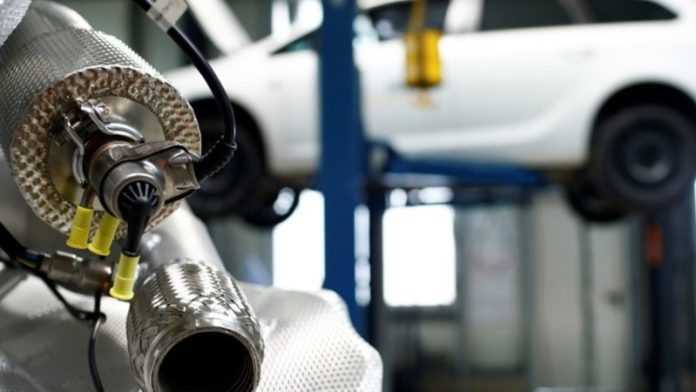
Negotiations and discussions on the Euro 7 standard are ongoing. In addition to reducing the permissible content of harmful substances in exhaust gases, it is known that the scope of vehicle testing requirements will be expanded to bring them as close as possible to real driving conditions (as opposed to laboratory conditions).
The new standard will regulate the permissible emissions of particulate matter from brake mechanisms and microplastics from tires. The standards will also apply to automotive batteries in terms of minimum service life. In other words, for the first time, environmental standards are being applied to electric vehicles. In general, it is proposed to double (compared to Euro 6) the service life during which a vehicle must meet the requirements without significant deviations, with a maximum mileage of 200,000 km or 10 years of operation, whichever comes first.
As for the Ukrainian automotive market, trucks, buses and new vehicles must meet the Euro 5 standard or higher upon first registration. For used vehicles, Euro 2 is sufficient. The next change in these requirements will be made in the law of January 1, 2025, when the Euro 6 environmental standard will be introduced for vehicles that currently meet the minimum requirements of Euro 5.
Discussions on Euro 7 are still ongoing, but it is unlikely that these requirements will be incorporated into Ukrainian legislation. But in any case, if Euro 6 is introduced in the European Union, it will affect the Ukrainian market. The distribution market will also be affected. The extent to which the new standards will ultimately affect car prices can only be predicted after all approvals are finalized, the final texts of all documents are published, and statements are made by car manufacturers on the matter. However, it is already clear that increased design complexity has always led to higher prices, and this is likely to happen with the new Euro 7 standard.

